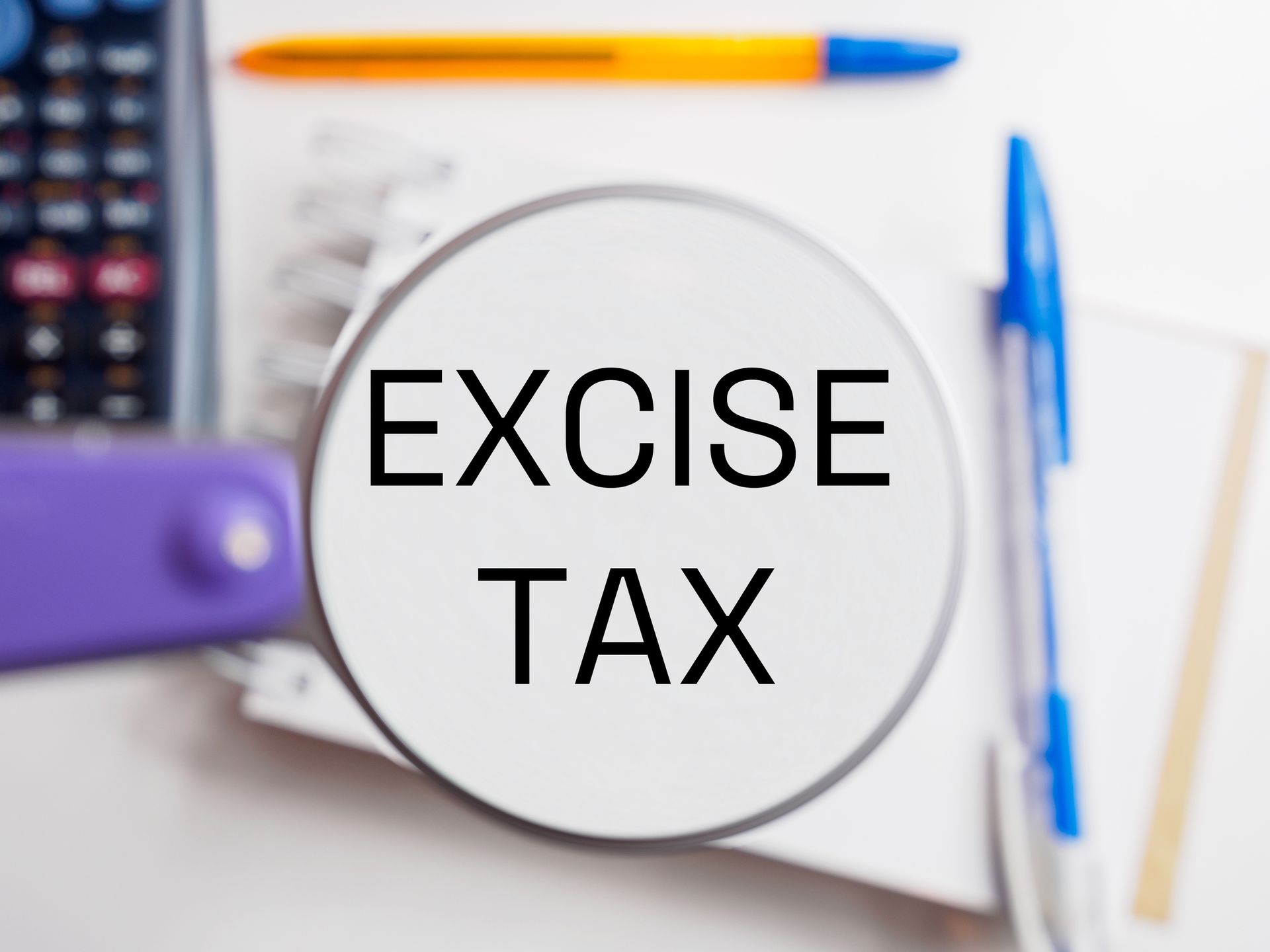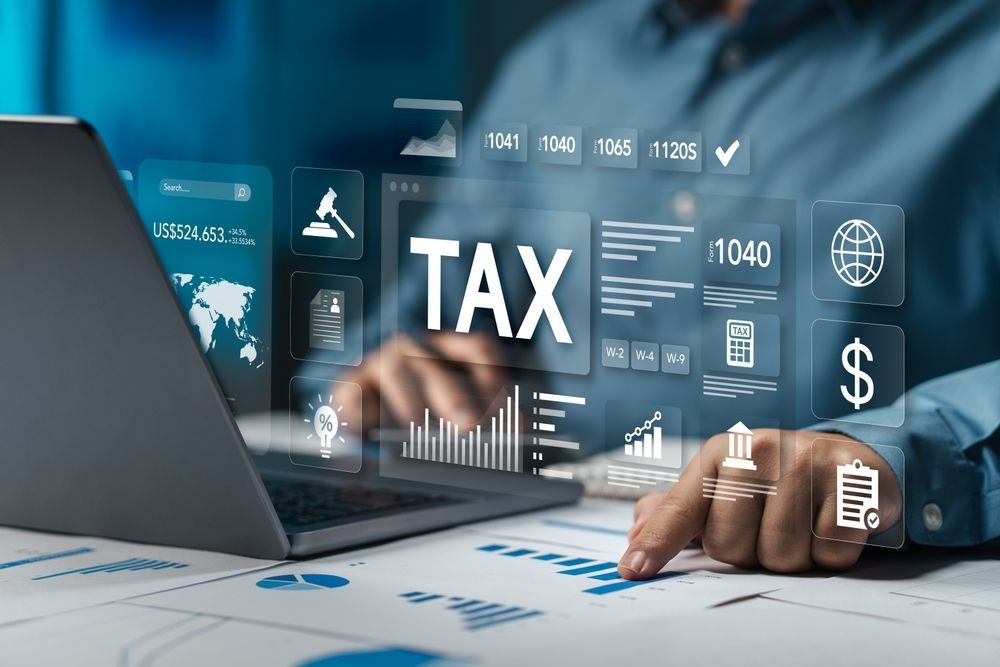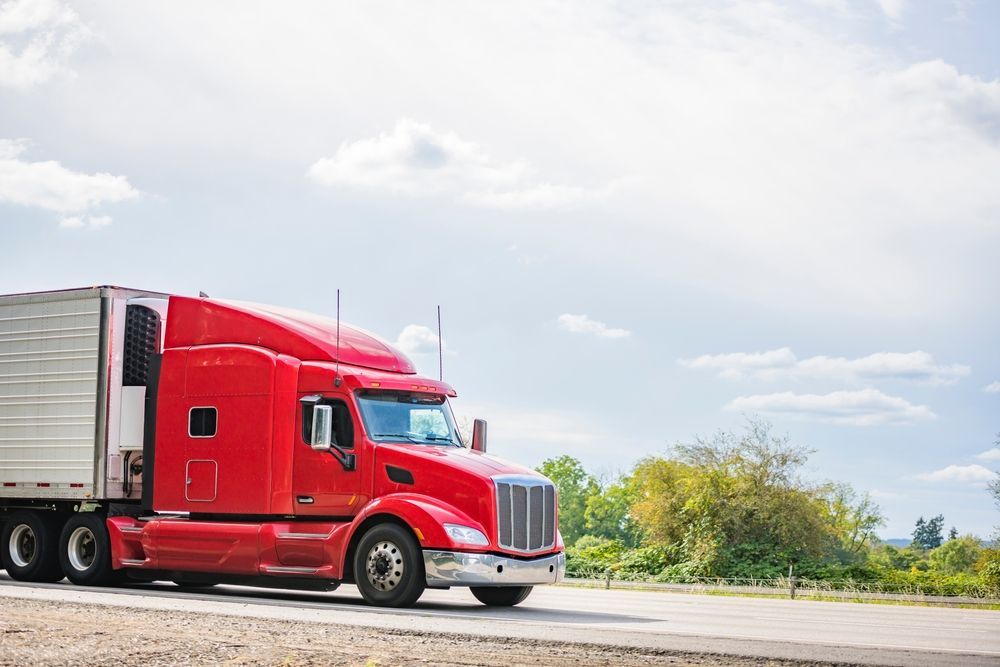Fuel Excise Tax Recovery and Credits: What Transportation Companies Need to Know
Share this Article:

In an industry where every penny counts, fuel costs are among the largest operating expenses for transportation companies. Fortunately, federal and state tax codes offer avenues to recover a portion of fuel costs through excise tax refunds and credits. Yet many businesses either overlook these opportunities or struggle with the complex processes involved.
This blog unpacks the essentials of fuel excise tax recovery and credits, explaining how they work, who qualifies, and how to optimize your claims.
Understanding Fuel Excise Taxes
Excise taxes are imposed by federal and state governments on specific goods, including motor fuels like diesel and gasoline. These taxes are typically included in the price at the pump and are intended to fund infrastructure projects such as road construction and maintenance.
While highway users are expected to pay these taxes, off-road users and certain exempt entities may qualify for refunds or credits, making excise tax recovery an essential financial strategy.
Common Refund Scenarios in the Transportation Industry
The Internal Revenue Code (IRC), particularly Section 6421 and 6427, provides tax relief for fuel used in non-taxable activities. Common recovery scenarios include:
- Off-road usage: Fuel used for refrigeration units (reefer fuel), generators, or heavy equipment operated off public highways.
- Interstate motor carriers: Fuel tax credits for travel across multiple jurisdictions, where taxes may be recoverable through International Fuel Tax Agreement (IFTA) reconciliations.
- Agricultural and farming operations: Fuel used in vehicles or equipment for farm purposes.
- Exempt organizations: Nonprofit organizations, schools, and government agencies may qualify for refunds on taxed fuel used for official purposes.
Federal Fuel Tax Credit Options
The IRS offers several pathways for reclaiming fuel taxes:
1. Form 4136 – Credit for Federal Tax Paid on Fuels
Used to claim fuel tax credits on the annual income tax return. This is common for companies not filing quarterly claims.
2. Form 8849 – Claim for Refund of Excise Taxes
Filed more frequently (quarterly or monthly) for faster recovery. Businesses can use schedules like Schedule 1 (Nontaxable Use of Fuels) or Schedule 6 (Other Claims).
3. Alternative Fuel Credits
Businesses using alternative fuels like propane or compressed natural gas may qualify for additional credits under Section 6426.
State-Level Fuel Tax Refund Programs
Many states offer their own refund programs with specific rules and forms. For example:
- California provides refunds for fuel used off-highway or in exempt vehicles.
- Texas offers refunds for fuel used for agricultural, commercial marine, and other non-highway purposes.
- New York issues tax credits or reimbursements for off-road diesel consumption.
Because each state’s refund system differs, working with a specialized tax advisor can be vital for compliance and maximum recovery.
Best Practices for Fuel Tax Recovery
1. Accurate Record-Keeping
Document gallons purchased, vehicle and equipment usage, mileage logs, and fuel type. Separate taxable from non-taxable usage.
2. Automate and Integrate
Use fuel card systems and GPS tracking to automate data collection. Integrating this with accounting software can streamline reporting.
3. Leverage Professional Support
Due to the complexity of regulations, partnering with an expert in fuel tax recovery can lead to better audit outcomes and maximize your claims.
4. Stay Current
Tax laws and rates change regularly. Staying up to date with federal and state regulations ensures continued eligibility and avoids costly errors.
Conclusion
Fuel excise tax recovery and credits represent a powerful—yet underutilized—opportunity for transportation companies to reduce operating costs. By identifying qualifying uses, maintaining precise records, and staying compliant with tax codes, businesses can reclaim significant fuel expenditures.
If your company is not currently claiming these credits, it’s time to reconsider. With the right strategy and support, you can turn fuel tax burdens into meaningful cash flow benefits.
Need help navigating fuel tax credits?
Transportation Tax Consulting LLC specializes in maximizing fuel excise tax refunds for the transportation industry. Contact us to assess your eligibility and streamline your recovery process.
Share with Us:




